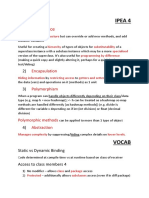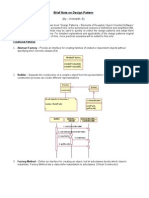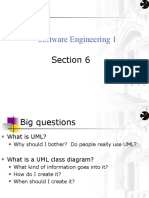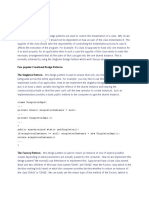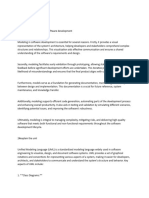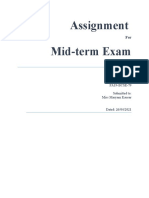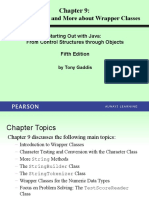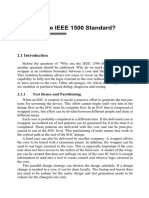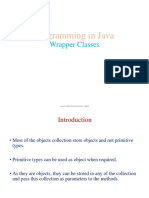0% found this document useful (0 votes)
7 views13 pagesDesign Note
The document discusses key concepts of UML, software design, and object-oriented programming (OOP), including associations, aggregation, composition, cohesion, and coupling. It also covers architectural patterns like MVC, MVP, and MVVM, along with design patterns such as Adapter, Bridge, Strategy, and Iterator. The document emphasizes the importance of high cohesion and low coupling in software design for better maintainability and flexibility.
Uploaded by
Nguyễn Thị Bình AnCopyright
© © All Rights Reserved
We take content rights seriously. If you suspect this is your content, claim it here.
Available Formats
Download as DOCX, PDF, TXT or read online on Scribd
0% found this document useful (0 votes)
7 views13 pagesDesign Note
The document discusses key concepts of UML, software design, and object-oriented programming (OOP), including associations, aggregation, composition, cohesion, and coupling. It also covers architectural patterns like MVC, MVP, and MVVM, along with design patterns such as Adapter, Bridge, Strategy, and Iterator. The document emphasizes the importance of high cohesion and low coupling in software design for better maintainability and flexibility.
Uploaded by
Nguyễn Thị Bình AnCopyright
© © All Rights Reserved
We take content rights seriously. If you suspect this is your content, claim it here.
Available Formats
Download as DOCX, PDF, TXT or read online on Scribd
/ 13

